
The hidden ‘lid’ that’s stopping Yellowstone from exploding has been discovered.

Yellowstone’s Magma Cap: A Hidden Regulator Beneath a Sleeping Giant
Yellowstone National Park rests atop one of the most powerful and active volcanic systems on Earth—a geological marvel that continues to intrigue scientists and the public alike. Its steaming geysers, vivid hot springs, and bubbling mud pots are more than just spectacular sights; they are windows into a dynamic and often misunderstood world hidden deep beneath our feet.
For decades, researchers have known about a vast underground magma reservoir fueling Yellowstone’s geothermal wonders. But its exact structure, behavior, and implications have remained murky—until now. A groundbreaking study recently published in Nature has revealed a crucial discovery: a semi-porous, crystallized "lid" of magma and supercritical fluids that acts as a built-in pressure regulator. This natural cap helps stabilize the system and prevents sudden eruptions, offering scientists new insights into one of Earth’s most formidable supervolcanoes.
This revelation doesn’t simply refine our understanding of Yellowstone’s geology—it transforms it. Rather than supporting sensationalist fears of an imminent super-eruption, this research introduces a data-driven, realistic view of a system that is not only alive and active but also self-regulating and remarkably stable. Thanks to cutting-edge seismic imaging and advanced computational models, geologists can now see the inner workings of Yellowstone more clearly than ever before—and with that, gain new tools for assessing volcanic risks across the globe.

Uncovering Yellowstone’s Hidden Magma Cap
Geologists have long known that a massive pool of magma sits below Yellowstone, feeding the park’s famous hydrothermal features. But its internal architecture—how it's layered, how fluids move through it, and how pressure builds—has remained largely speculative. That changed with the work of a research team led by Brandon Schmandt (Rice University) and Chenglong Duan (University of Texas at Austin), who used sophisticated seismic imaging to map the area in greater detail than ever before.
Their analysis identified a sharp geological boundary roughly 3.5 to 4 kilometers beneath the surface—a boundary that acts like a semi-sealed lid over the magma chamber. This feature, composed of crystallized magma and pressurized fluids, slows the upward migration of gases and molten rock, preventing sudden pressure buildup and violent eruptions. The study likens it to a pressure release valve, allowing trace gases to escape slowly and steadily, reducing the likelihood of catastrophic activity.
To detect this hidden structure, scientists used a fleet of trucks equipped with industrial vibrators to send low-frequency seismic waves into the Earth. These waves bounced off underground layers and were captured by hundreds of surface seismometers. When the waves slowed significantly around 3.8 kilometers deep, researchers realized they were entering a zone of partially molten material—dense, muddy, and rich in supercritical fluids rather than solid rock.
This sluggish zone marks the upper boundary of Yellowstone’s magma reservoir, where molten rock and superheated gases coexist in delicate equilibrium. The lid is only slightly porous, meaning it allows tiny amounts of gas to escape without letting magma surge upward unchecked. This physical barrier plays a key role in maintaining Yellowstone’s long-standing geological calm.

A Breakthrough in Seismic Imaging
The ability to "see" this magma cap is thanks to major innovations in seismic imaging. While the general technique of seismic reflection has been used in oil and gas exploration for decades, applying it to complex volcanic systems like Yellowstone is far more challenging due to the chaotic nature of magma and hydrothermal fluids.
What makes this study revolutionary is not just the seismic data collection—but how the data was analyzed. Chenglong Duan developed an advanced algorithm that could filter out noise and detect minute variations in how seismic waves traveled through subsurface materials. These differences in wave speed and reflectivity reveal important clues about underground conditions, including porosity, density, and temperature.
By combining this refined data with high-resolution geophysical models, the researchers were able to produce the clearest image yet of the transition between Yellowstone’s solid crust and its underlying magma chamber. Previous studies could only approximate this boundary; now, it has been sharply defined, visualized, and described with precision.
This technological leap has enormous implications—not just for Yellowstone but for other high-risk volcanoes around the world. It opens the door to more accurate monitoring of gas escape routes, fluid accumulations, and crystallized "plugs" that can influence whether a system remains stable or becomes explosive. Even in well-studied regions, this kind of seismic clarity allows scientists to detect game-changing features that were once invisible.

Eruption Risk: What We Know Now
Understanding the structure and function of Yellowstone’s magma system is critical for evaluating the risk of a future eruption. The discovery of the magma cap adds strong evidence to the view that the Yellowstone system is currently in a state of geological repose—a resting phase rather than a prelude to catastrophe.
This aligns with long-standing assessments by the U.S. Geological Survey (USGS), which estimates the annual likelihood of a super-eruption at Yellowstone to be around 1 in 730,000 (0.00014%). While the consequences of such an event would be devastating, the probability remains exceedingly low.
What’s especially reassuring is the nature of the newly identified cap: its porosity is far below the level typically required to trigger explosive behavior. Rather than allowing pressure to build uncontrollably, the cap permits a steady release of gases like carbon dioxide and sulfur dioxide through tiny cracks and mineral channels. This ongoing degassing is visible in Yellowstone’s geysers, fumaroles, and steam vents—not as signs of danger, but as evidence that the system is releasing pressure in a healthy, balanced way.
Of course, no volcano is completely predictable. Tectonic activity, shifts in magma chemistry, or external stressors could influence future behavior. But with better models and clearer images, scientists now have more confidence in their ability to track changes and issue timely warnings if conditions were ever to change.

Surface Signals from a Restless Giant
While the real action happens kilometers underground, Yellowstone’s surface offers visible clues about its inner workings. From Old Faithful’s clockwork eruptions to colorful hot springs and sulfur-scented steam vents, these features are driven by the same heat and pressure cycles described in the study.
The newly discovered magma cap helps explain why Yellowstone is so thermally active yet volcanically quiet. Gases released from the reservoir below migrate slowly through the crust, feeding the park’s iconic hydrothermal features. This “leakiness” is a good thing—it relieves internal pressure and prevents the buildup that could lead to explosive activity.
Volcanologist Brandon Schmandt emphasized that Yellowstone’s geothermal activity is not a red flag; it’s a sign that the system is functioning properly. If those surface features were to suddenly go silent or change dramatically, that might be cause for concern. But for now, their regular activity is a testament to the system’s internal balance.
In addition to geothermal activity, Yellowstone also experiences frequent "earthquake swarms"—clusters of small quakes that are usually too weak to be felt. These events are linked to minor shifts in underground fluids or fault movement and are considered normal in such an active region. Monitored closely by the Yellowstone Volcano Observatory, they serve as real-time indicators of fluid dynamics within the volcano’s plumbing system.

Science Over Sensationalism
The discovery of Yellowstone’s semi-porous magma cap is not just a scientific breakthrough—it’s a timely reminder of the power of patient, rigorous science. In an age where headlines often amplify fear about natural disasters, this research underscores the importance of measured, evidence-based communication.
Yellowstone is not a ticking time bomb. It is a complex, evolving, and largely stable geological system. Thanks to decades of research and modern monitoring tools, scientists understand it better today than ever before. And the lessons learned here are not confined to Yellowstone. The same imaging techniques and monitoring strategies can be applied to other volcanic regions, many of which are located near large population centers.
Supporting ongoing research and maintaining vigilant observation of volcanic systems is crucial—not just for early warning, but for public education and resilience. With climate change and urban expansion placing more people near geologically active zones, the ability to interpret nature’s signals has never been more vital.
Conclusion: Listening to the Earth Beneath Us
Yellowstone’s vibrant landscape offers more than scenic beauty—it speaks to a deep and dynamic system below. Thanks to advances in geophysical imaging and a better understanding of magma behavior, we now know more than ever about what lies beneath. This new knowledge doesn’t erase the risks—but it helps us manage them with clarity, science, and respect for the powerful natural systems that shape our world.
As long as we remain curious, cautious, and committed to listening to the Earth, we can move beyond fear and toward understanding—a shift as profound as the forces simmering beneath Yellowstone itself.
News in the same category


Optical illusion reveals whether you’re an introvert or extrovert

Trapped in Silence: Boy Awakens After 12-Year Coma With Terrifying Secret
Imagine suddenly being trapped inside your own body—fully conscious, aware of your surroundings, but completely unable to move, speak, or communicate in any way. For Martin Pistorius, this unimaginable scenario was reality for more than a decade. His st

Urgent warning issued to all iPhone users following release of iOS 18.6

Experts Warn of Imminent 'Cosmic Hell' That Could Wipe Out Mankind, Exact Time Revealed
Though the ending is billions of years away, the emerging evidence is shifting scientific consensus on cosmic fate. Understanding dark energy—the force shaping expansion—is one of the greatest unsolved mysteries in physics.

Ancient tablet has been completely translated and has some terrifying predictions for humanity
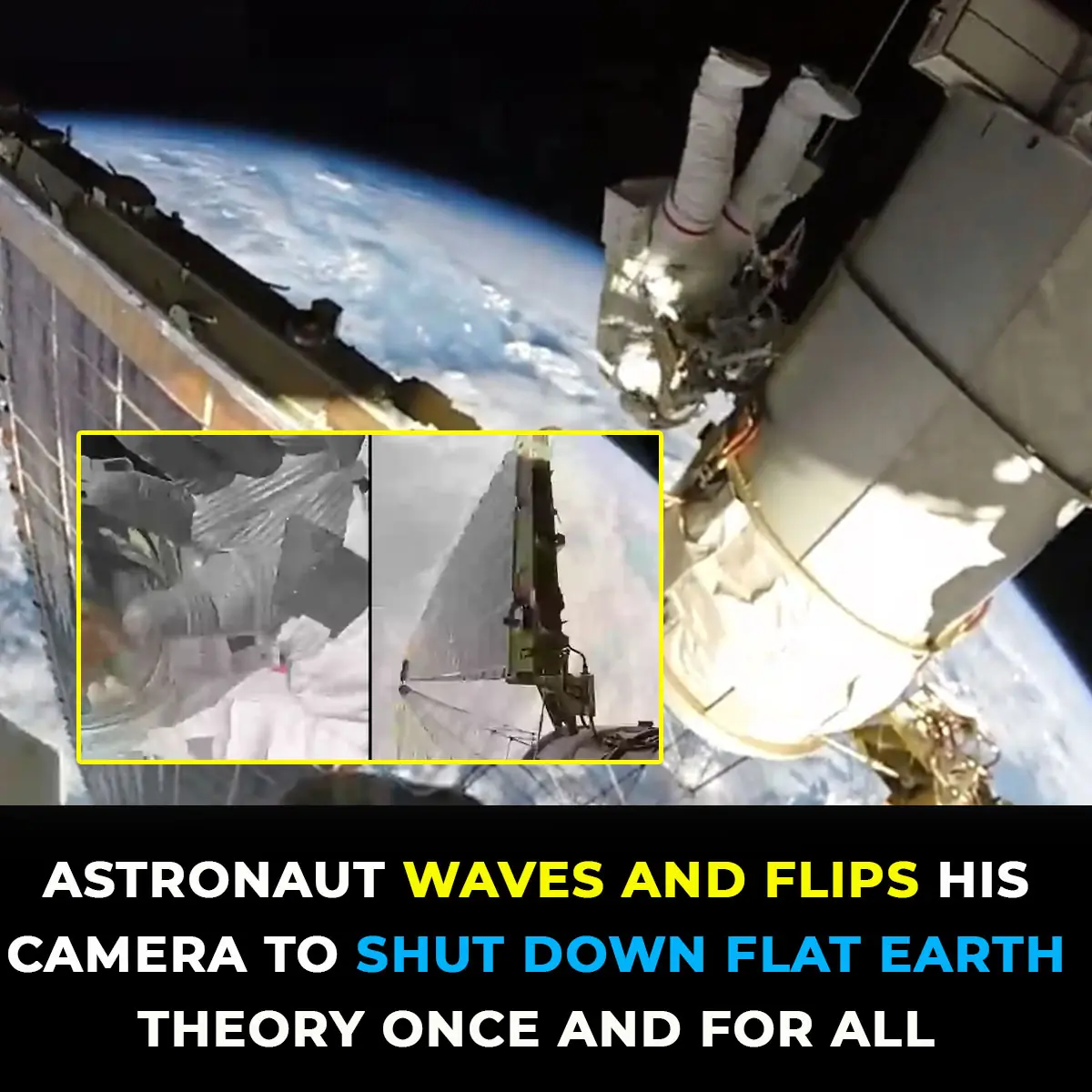
Astronaut Waves And Turns His Camera To Disprove The Flat Earth Theory For Good

Your iPhone’s Volume Buttons Are Loaded with Hidden Features

Astronaut shares the profound ‘big lie’ he realized after seeing the Earth from space

Some people are only now realizing what the “WC” sign stands for on washrooms
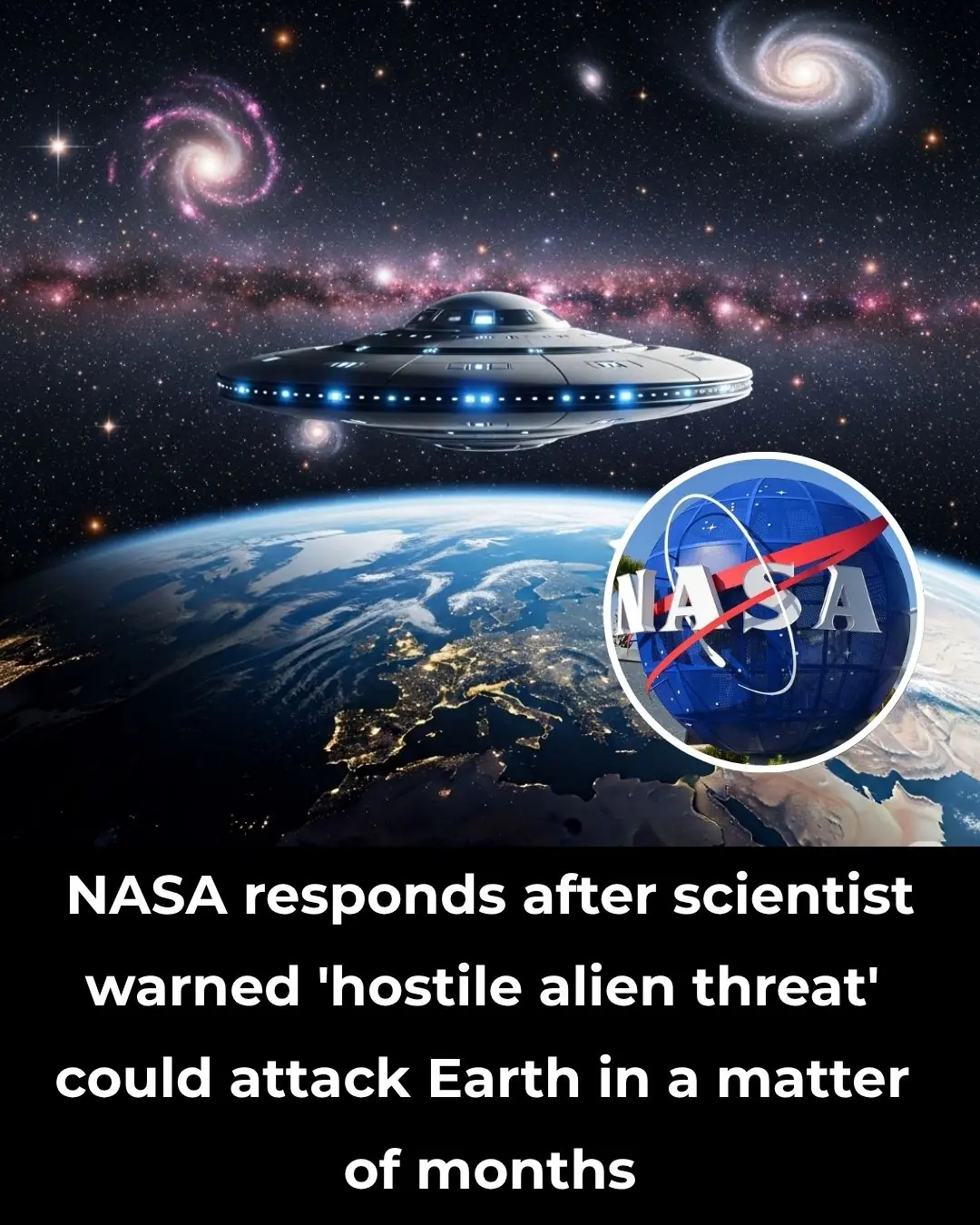
NASA responds after scientist warned 'hostile alien threat' could attack Earth in just months

TerrIfying Study Links Everyday Household Chemical to Over 350,000 De@ths Worldwide
Experts urge immediate global action after new data uncovers staggering cardiovascular risks tied to everyday plastic-softening chemical.

How Often Should Men Ej@culate Each Month? Sh0cking Harvard Study Reveals a Powerful Link to Pr0state Health
It’s not often that something enjoyable turns out to be good for your health - but in this case, it just might be.
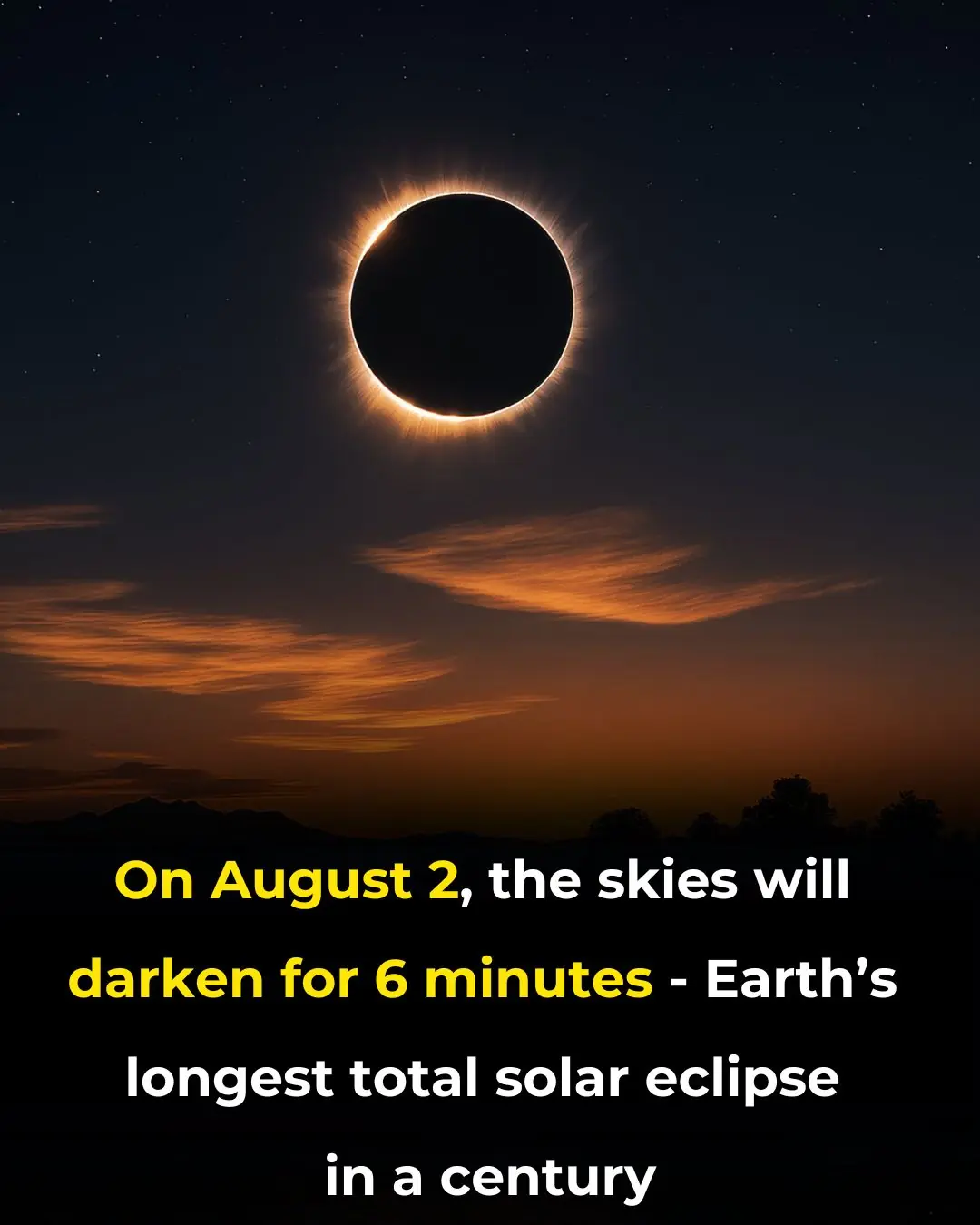
On August 2, The Skies Will Darken for 6 minutes-Earth’s Longest Total Solar Eclipses In A Century Is coming in 2027!

Scientists install the world’s first electronic spine to restore movement after paralysis.

Unplug These 5 Kitchen Appliances Before Bed to Prevent a Fire, Experts Warn

People Are Only Now Learning The Horrifying Explanation For Why The Titanic’s Wreckage Has No Remains

Chaos as cruise ship passengers 'left behind' following major tsunami in Hawaii

Urgent warning issued to all iPhone users following release of iOS 18.6
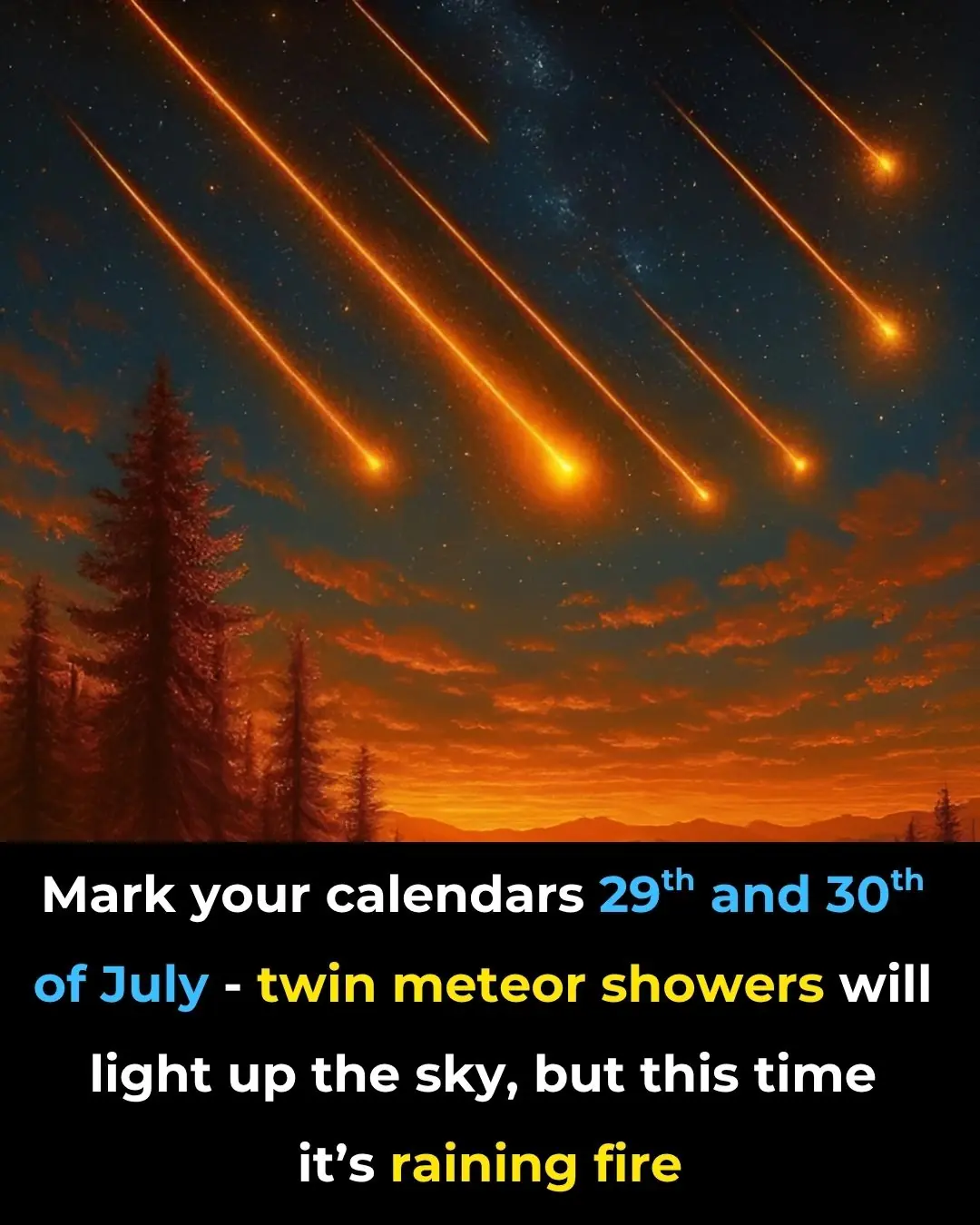
Skywatchers Delight: Dual Meteor Showers And Upcoming Celestial Events
News Post

Man Folded In Half Stands Straight After 28 Years

What Does it Symbolize When a Person Who Passed Away Shows up in Your Dream?

Mary Ann Bevan: The Tragic Story of the ‘World’s Ugliest Woman’

Pressure Points in Your Feet: Use This Foot Massage Chart for Pain Relief

8 Ways To Get Rid Of Phlegm And Mucus In Chest And Throat

Missing MH370 aircraft ‘found’ after Google Maps search

Doctor Reveals Surprising Thing That Occurs When You Don’t Eat – and It’s The ‘Opposite’ of What Most People Think

10 Signs You May Have Kidney Disease

This is what sleeping on the left side does for our brain, stomach & glymphatic health

The Last Day Of Life On Earth Has Been Calculated By NASA, This Is How Long We Have Left

Optical illusion reveals whether you’re an introvert or extrovert

Calls for popular smartphone to be banned from planes after another device catches fire

Trapped in Silence: Boy Awakens After 12-Year Coma With Terrifying Secret
Imagine suddenly being trapped inside your own body—fully conscious, aware of your surroundings, but completely unable to move, speak, or communicate in any way. For Martin Pistorius, this unimaginable scenario was reality for more than a decade. His st

Urgent warning issued to all iPhone users following release of iOS 18.6

Experts Warn of Imminent 'Cosmic Hell' That Could Wipe Out Mankind, Exact Time Revealed
Though the ending is billions of years away, the emerging evidence is shifting scientific consensus on cosmic fate. Understanding dark energy—the force shaping expansion—is one of the greatest unsolved mysteries in physics.

This Is What Happens When You Eat Too Much Sugar—#7 Will Sh0ck You!
Learn to recognize the red flags of sugar overload before it sabotages your health

Ancient tablet has been completely translated and has some terrifying predictions for humanity
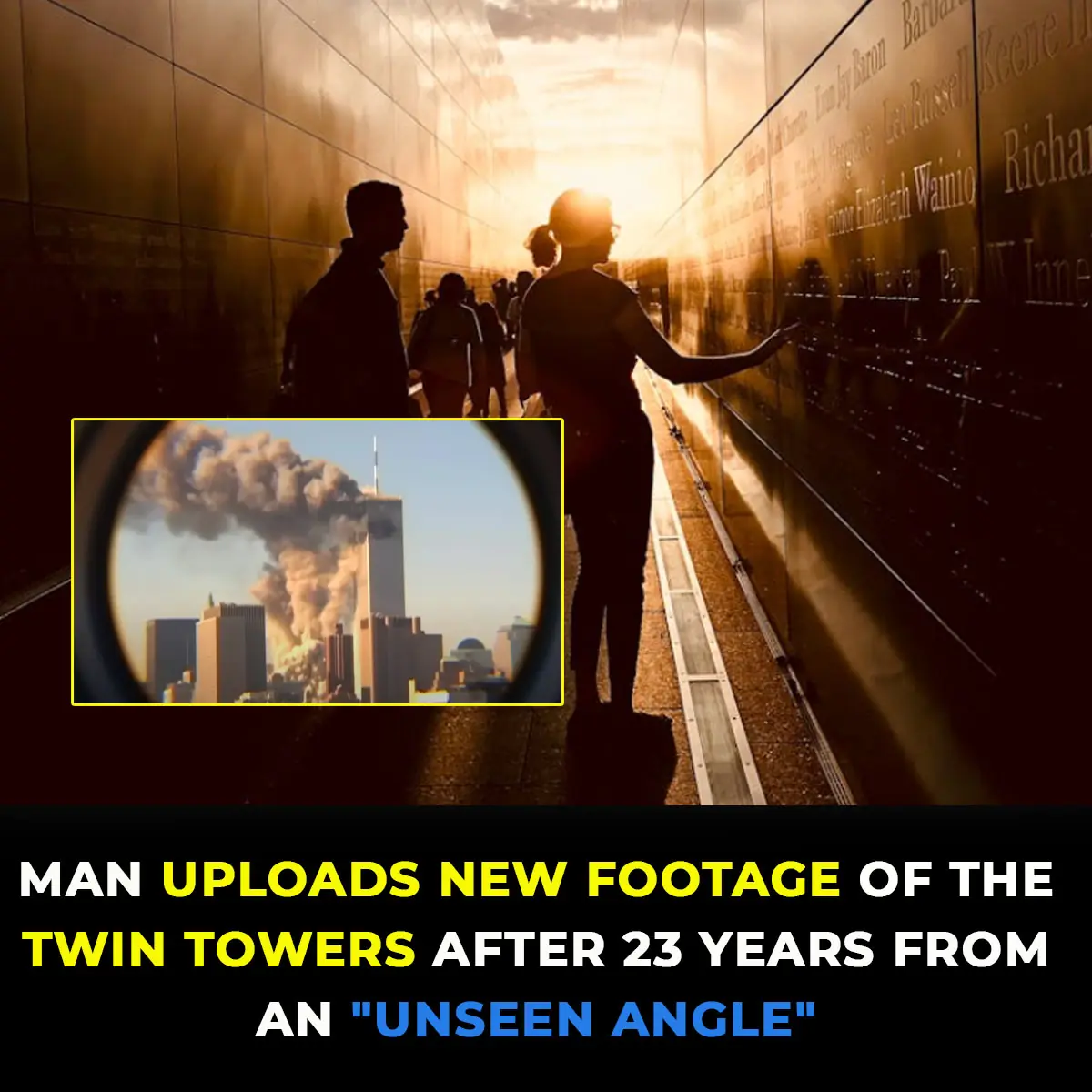
Man Releases Chilling Never Seen Before Footage of Twin Tower Collapse

Heart Surgeon Reveals 4 Foods You Should ‘Always Avoid’ That Will ‘Poison’ Your Body
